Choose your level.
Energy transformation is an electrical function performed by any electrical component capable of transforming electrical energy into another form of energy.
A light bulb, a heating element and an electric motor are components that transform energy in an electrical circuit.

Source: Adapted from Nor Gal, Shutterstock.com
A light bulb transforms electrical energy into radiant energy.
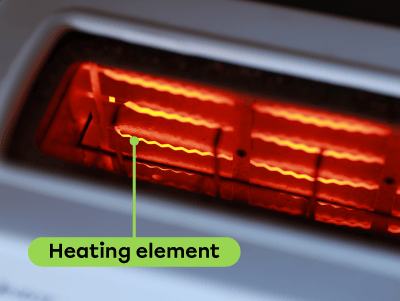
Source: Adapted from BFunkhouser, Shutterstock.com
A heating element transforms electrical energy into thermal energy.
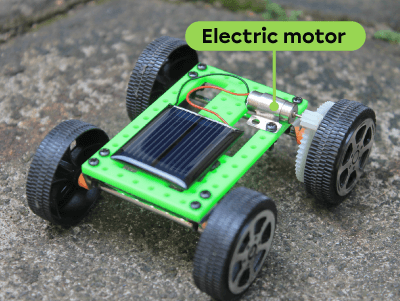
Source: Adapted from ainarhamra, Shutterstock.com
An electric motor element transforms electrical energy into mechanical energy.
Energy transformation is an electrical function performed by any electrical component capable of transforming electrical energy into another form of energy.
A light bulb, a heating element, an electric motor, a speaker, an audible warning device and a piezoelectric crystal are all components that transform energy in an electrical circuit.

Source: Adapted from Nor Gal, Shutterstock.com
A light bulb transforms electrical energy into radiant energy.
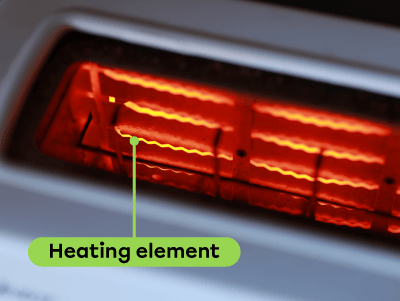
Source: Adapted from BFunkhouser, Shutterstock.com
A heating element transforms electrical energy into thermal energy.
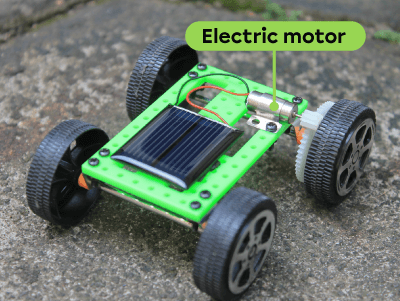
Source: Adapted from ainarhamra, Shutterstock.com
An electric motor element transforms electrical energy into mechanical energy.

Source: Adapted from New Africa, Shutterstock.com
A speaker transforms electrical energy into mechanical energy (sound).
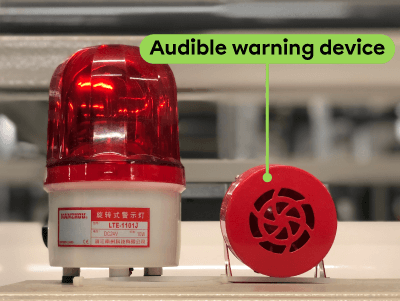
Source: Adapted from Mohd Rodi, Shutterstock.com
An audible warning device, or an alarm, transforms electrical energy into mechanical energy (sound).
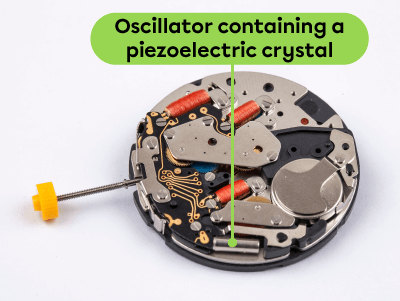
Source: Adapted from mujijoa79, Shutterstock.com
A piezoelectric crystal transforms electrical energy into mechanical energy (vibration). In a quartz watch, electrical oscillations cause the crystal to vibrate. These vibrations are used to measure time.
A piezoelectric crystal can also transform mechanical energy into electrical energy. In this capacity, it functions as a power supply.